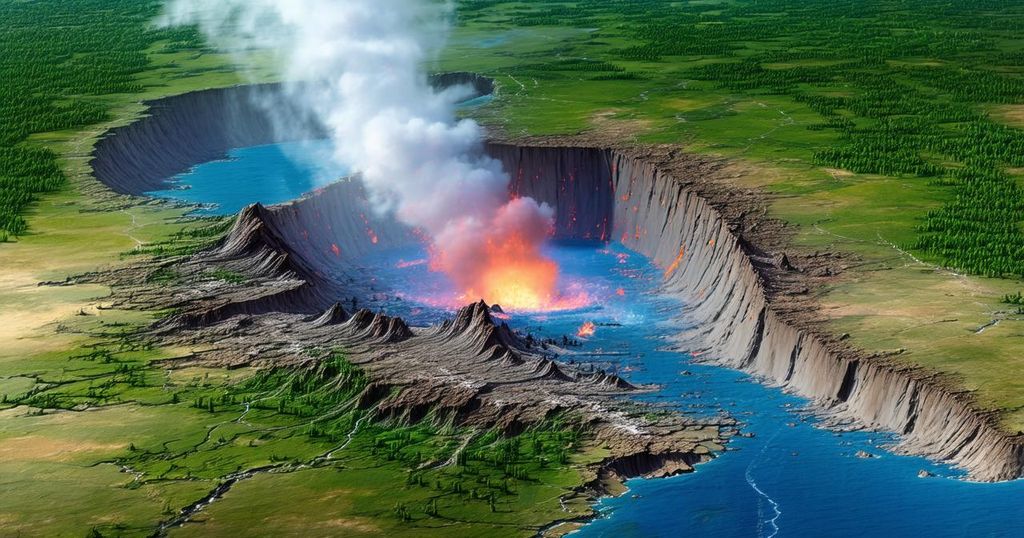The Strongest Earthquakes Ever Recorded
This article explores the five strongest earthquakes ever recorded, detailing their magnitudes, impacts, and responses. The Valdivia Earthquake of 1960 leads with a magnitude of 9.5, followed by the 1964 Great Alaska Earthquake (9.2), the 2004 Sumatra-Andaman Earthquake (9.1), the 2011 Tohoku Earthquake (9.1), and the 1952 Kamchatka Earthquake (9.0). Each event brought about significant human and environmental consequences, highlighting the importance of preparedness and resilient infrastructure.
The strongest earthquake on record is the Valdivia Earthquake, which struck on May 22, 1960, in Chile. Known as the Great Chilean Earthquake, it reached a magnitude of 9.5 and resulted in severe devastation, lasting approximately 10 minutes and triggering multiple tsunamis that affected coastal regions worldwide. Over 1,600 fatalities were reported in Chile, alongside thousands of injuries and millions displaced. The event also caused a volcanic eruption, adding to the destruction. Following closely is the 1964 Great Alaska Earthquake, which registered a magnitude of 9.2. This earthquake caused significant property damage in Anchorage and launched tsunamis that reached as far as California. Despite its magnitude, the relatively low population density resulted in only 131 fatalities. The 2004 Sumatra-Andaman Earthquake, with a magnitude of 9.1, occurred in the Indian Ocean and unleashed a catastrophic tsunami, claiming the lives of over 230,000 individuals across several nations, marking it as one of the deadliest earthquakes in history. In its wake, global efforts to enhance tsunami preparedness emerged. The Tohoku Earthquake of March 11, 2011, also recorded a magnitude of 9.1, resulted in devastating consequences, including the Fukushima nuclear disaster. Approximately 18,000 casualties were reported, and it fundamentally reshaped disaster preparedness protocols in Japan. Lastly, the Kamchatka Earthquake of November 4, 1952, was registered at a magnitude of 9.0. Despite its significant strength, the remote location limited casualties to an estimated 10,000 to 15,000, though considerable damage occurred due to the resultant tsunami, particularly impacting the Aleutian Islands and Hawaii.
Understanding the historical context of seismic activity enriches the analysis of the strongest earthquakes recorded in human history. Earthquakes are measured by their magnitude on the Richter scale, which categorizes their intensity and potential for destruction. While magnitudes indicate the energy released during seismic events, the actual impact is also influenced by contextual factors, such as epicenter location, population density, and readiness for natural disasters. The five most powerful earthquakes detailed herein illustrate not only the power of nature but also the complexities involved in human resilience and disaster response.
In summation, the strongest recorded earthquakes reveal the formidable power of natural phenomena, underscoring the necessity for preparedness and robust infrastructure in vulnerable regions. The Valdivia Earthquake stands out in magnitude and consequence, while subsequent events, like those in Alaska, Sumatra, Tohoku, and Kamchatka, further illustrate the varied impacts of such disasters. Continuous improvements in monitoring, response strategies, and infrastructure are crucial in mitigating future risks associated with seismic activity.
Original Source: science.howstuffworks.com




Post Comment